Quick Links
With how much variety is present throughout all of gaming, it’s surprising how uncommon it is to find games that use non-fiction historical settings. But that is part of what makes the Kingdom Come: Deliverance series so unique.

Related
7 Lingering Questions We Have After The End Of Kingdom Come: Deliverance 2
Henry’s life is far from over.
While it is of course difficult to make a game completely accurate to history, especially when going back as far as 1403 Bohemia, it’s clear that Warhorse Studios made an effort with Kingdom Come: Deliverance 2. But with such lofty ambitions, just how close does the sequel stick to true historical accuracy, and at what points does it stray into fiction for the sake of making a more entertaining game?
How Warhorse Studios Changed Their Approach From The First Kingdom Come: Deliverance
The first Kingdom Come: Deliverance game started off as a Kickstarter project, and one of the guiding principles that helped it stand out from the crowd was a dedication to accurately portraying the setting of Bohemia.
Throughout the pre-release period leading up to the launch of the original game, the promised level of historical accuracy was emphasized by the developers during interviews and press appearances. So, by the time Kingdom Come: Deliverance was finally in the public’s hands, the game had an incredibly high standard to reach.
Of course, the standard was set so high, that even though the game makes a valiant effort to simulate what life in early 15th Century Bohemia would be like, historians who were familiar with the era started to notice the cracks. The controversy surrounding Kingdom Come: Deliverance’s approach to portraying this era of history is multi-faceted.
Thanks to just how much you have to take into account when displaying a real era in history, it leaves plenty of room for mistakes to be made. Just a few of the historical debates started by the first game include:
- Overly simplistic characterization of Hungarian Cumans as cruel invaders.
- An inaccurate portrayal of gender roles from the period.
- A lack of any ideological diversity, with most of the characters shown to share the same belief system.
- An unrealistic level of social mobility for the protagonist, Henry.
- Debates surrounding whether non-white people would have been present in rural Bohemia.
The truth behind these claims was argued during the game’s release period, with statements being made by the development team, and counterarguments from various historians.
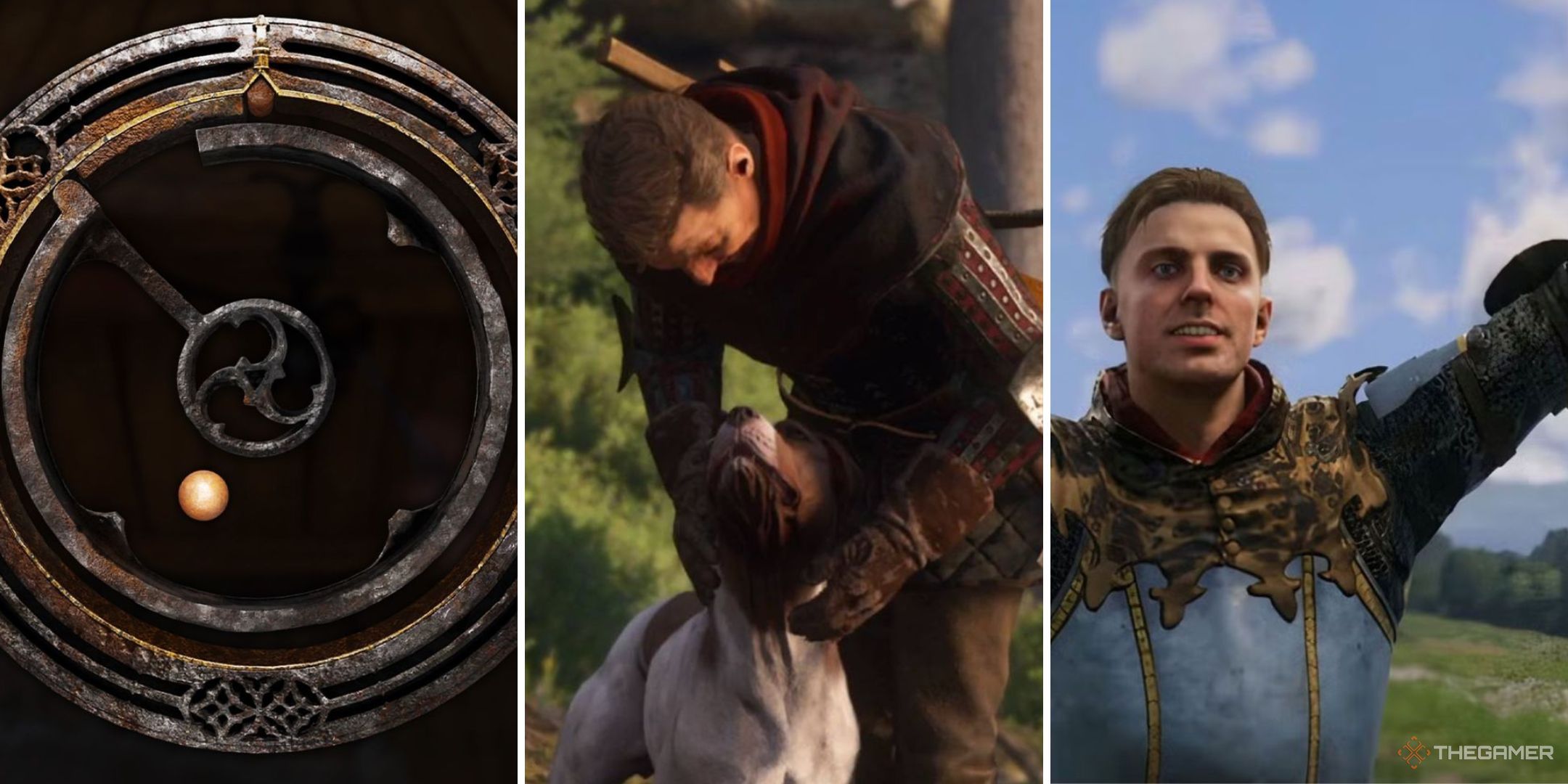
Related
Kingdom Come: Deliverance 2 – Hardest Achievements To Unlock
These achievements are the most difficult you’ll encounter in Kingdom Come: Deliverance 2.
In spite of how much of an effort had been made to try and recreate the era in video game form, because expectations had been set so high, the fallout was inevitable. Warhorse’s historical consultants and research team have since clarified that the game is not supposed to be a complete one-to-one recreation, and sacrifices had to be made to make the game enjoyable.
Because of how much this controversy stained the launch era of the first game, changes were made to better temper expectations in the lead up to the sequel.
The New Approach To Historical Accuracy In Kingdom Come: Deliverance 2
In truth, the approach to historical accuracy in the sequel remains largely similar to how it was in the original; the main difference is in how this was promoted. Months before the game was on shelves, members of Warhorse Studios’ historical research team held interviews to reinforce that, while the series is maintaining its dedication to attempting to recreate history, audiences should not expect perfection.
Common examples of this were flexibility with armor and weaponry. For example, if a certain piece might not have existed yet by a few years, or perhaps a style would’ve been outdated by that point, they would still include it for the sake of player choice.
Instead of complete historical recreation, the aim was slightly adjusted to create a sense of historical immersion. While smaller details might not be completely true to the era, the general attention to detail would create a believable setting.
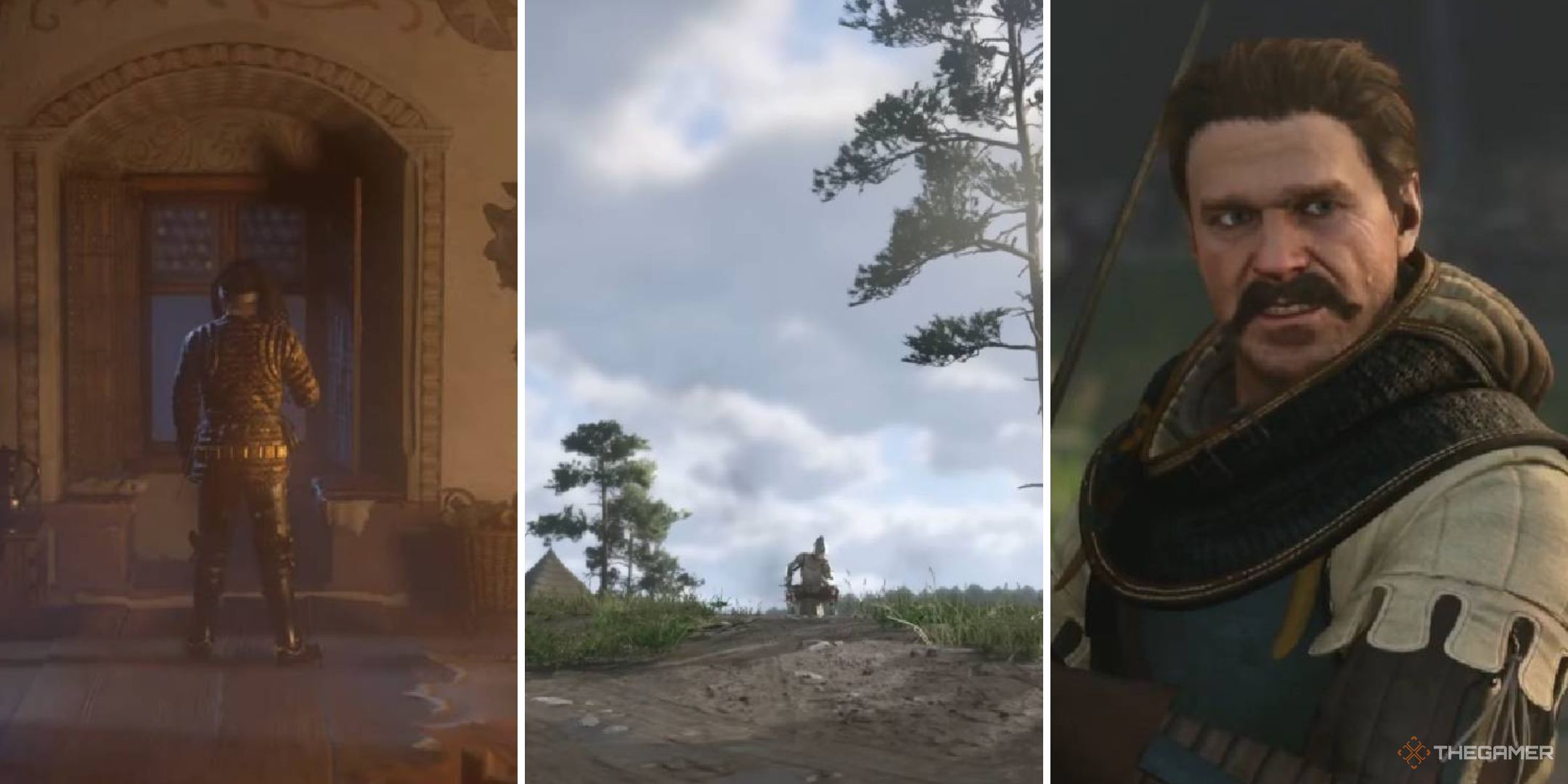
Related
Kingdom Come: Deliverance 2 – 8 Hardest Bosses
You’ll have a tough time with these bosses in Kingdom Come: Deliverance 2.
An effort was also made to acknowledge the talking points brought up with the release of the original. For example, the portrayal of more ideological differences, a more involved female cast, and a time-accurate approach to racial diversity.
While the events and circumstances taking place in-universe in Kingdom Come: Deliverance 2 are largely based in the same historical context as the original (still taking place in 1403 Bohemia, only a couple of weeks after where the first finishes), the best way to assess the historical accuracy of the game is to look at it’s cast of characters.
Historical Characters
While most of the characters and NPCs you’ll come across throughout Kingdom Come: Deliverance 2 aren’t based on real people, a few of the more major players in the story are. Even though elements from these historical figures’ lives have been borrowed for the game, it’s interesting to see where details have been twisted for the sake of an albeit less historically accurate, but more enjoyable, game.
Plot Spoilers Ahead
Hans Capon (Jan Ptáček Of Pirkštejn)
Inarguably the most important historical character within Kingdom Come: Deliverance 2 is Hans Capon, based on Jan Ptáček of Pirkštejn. Like his real counterpart, Hans is under the guardianship of his uncle Hanush following the death of his father.
Interestingly, most of the more notable events in the life of Jan Ptáček take place after the events of Kingdom Come: Deliverance 2, so perhaps Hans will feature even more prominently in a follow-up. While she does not appear in the game, we do see the set-up of Hans’ marriage to Jitka of Kunstadt, another historical character. However, the basis of their marriage seen in-game is largely fictional to enhance the game’s story, but it is largely understood to have been arranged.
On the topic of real details being adjusted to facilitate a better story, the subject of Hans’ age is a source of misconception, with many thinking that he is 15, based on his codex entry. While the real Jan Ptáček of Pirkštejn was 15 in 1403, you need only read to the bottom of the codex entry where Warhorse clearly states that they aged Hans up to 20 for the sake of the game’s narrative.
Jan Zizka
One of the most historically important characters introduced in Kingdom Come: Deliverance 2 is Jan Zizka. Zizka is an incredibly notable character within Czech history for his part in the Hussite Uprising, but only the last few years of his life are well-documented. Since that period does not include the events of the game, most of what we see of Zizka is fictional.
The main exception to this is that Zizka was in fact missing one eye, lost in his youth. However, he did not lose it in an epic duel with Henry of Skalitz, since unfortunately, the game’s protagonist is fictional.
Dry Devil
Soon after arriving in the Kuttenberg region, Henry will be tasked with reuniting the Dry Devil’s gang after allying with Zizka and Kubyenka. In spite of his strange title, Dry Devil is a real figure in Czech history, and was born under the name Hynek, and, much like his portrayal in-game, was a fierce soldier and robber knight.

Related
He is well known for his role in the Moravian Margraviate Wars, and a particularly notable feat of his is organizing the defense against a campaign of over 12,000 soldiers. However, it’s also worth acknowledging that a dysentery epidemic spreading through the invading forces perhaps increased his chances.
John II Of Liechtenstein
An informant who lends a hand to Henry during his time spent in Kuttenberg city is the charismatic John of Liechtenstein.
It’s worth noting that, just like his portrayal throughout the narrative of the game, the real John of Liechtenstein supported Wenceslas. While not shown in the events of the game, he eventually helped rescue Wenceslas from captivity. However, by doing so he faced the disapproval of Austrian Dukes who were able to use their influence to confiscate his estates, and eventually ended up imprisoning him.
Sir Markvart Von Aulitz
While Henry makes plenty of friends throughout Kingdom Come: Deliverance 2, it also feels like he makes just as many enemies too. A rivalry that begins in the first game and carries on into the second, is Henry’s quest for revenge on Sir Markvart Von Autlitz.
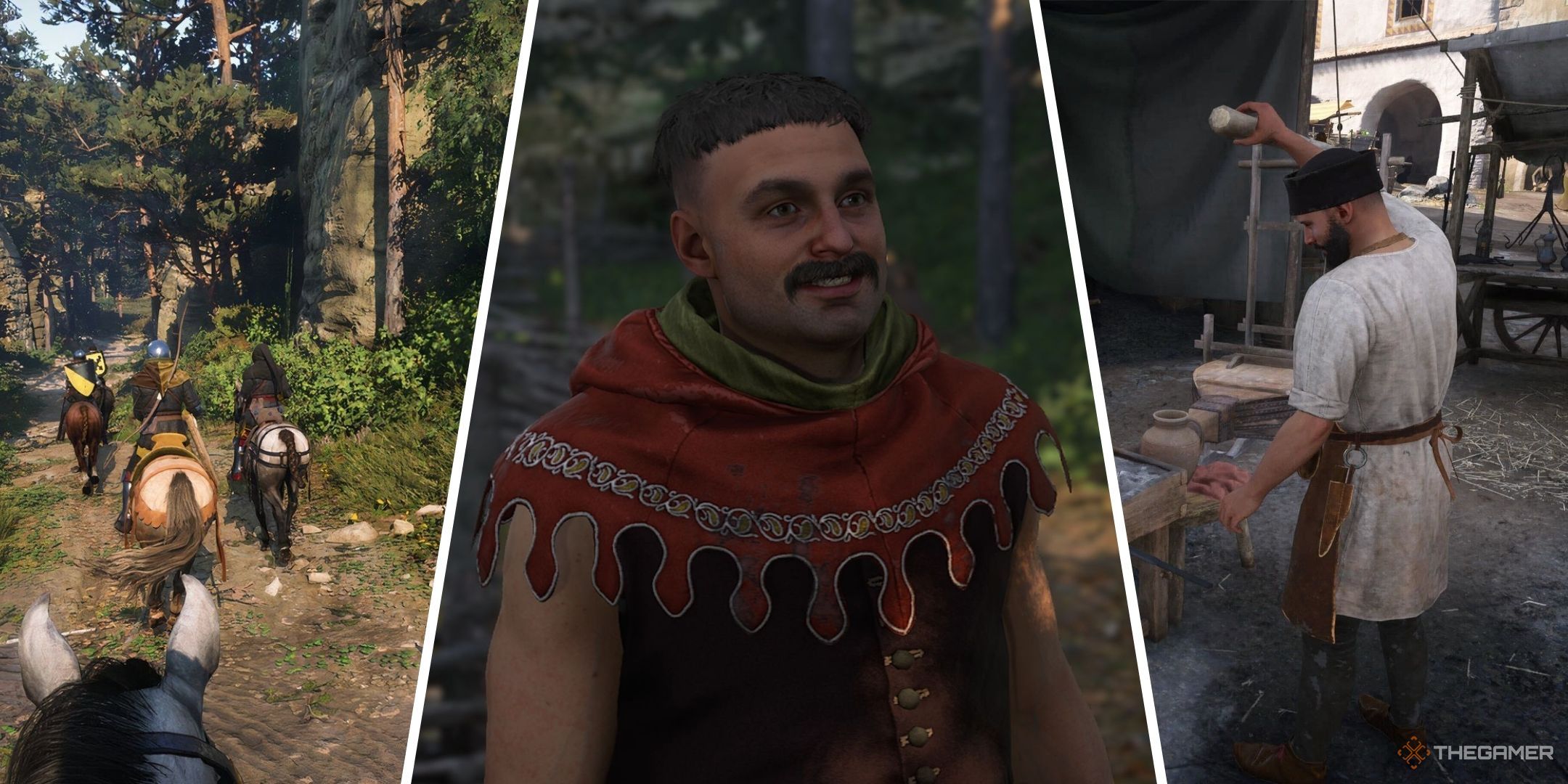
Related
Kingdom Come: Deliverance 2 – 9 Things To Do After You Beat The Game
Not sure what to do after finishing KCD2’s main story? Here are some ideas.
True to his character in-game, the real Markvart Von Autlitz is a member of nobility loyal to Sigismund, and he even dies from an arrow wound as well. Notably though, another example of real people’s stories being adjusted for the game, the real Von Aulitz died in 1402, a year before both Kingdom Come: Deliverance games, but for the sake of drama, his in-game death was saved for the end of the sequel.
Fictional Characters
While most of the characters in Kingdom Come: Deliverance 2 are fictional, there are some specific members of this fictional cast that are worth highlighting for their basis within the historical setting.
Henry
While our protagonist, Henry, is not based on one particular person, this makes sense in-universe, with him not having come from nobility, and throughout both games, not taking a public role in any grand acts of warfare. However, thanks to his anonymity, Henry is a fitting character, with Henry being a popular name of the era, and his hometown of Skalitz being based on a real location too.
Katherine
Katherine is one of the more important side characters throughout Kingdom Come: Deliverance 2, and while she is not based on a historical character, her role as a loyal helper of Jan Zizka is based on a few real people.
The mother of Zizka was either called Katherine or Johanna, depending on which sources you trust more, and he also went on to marry two separate women called Katherine too. Thanks to how commonly the name showed up throughout Zizka’s life, Warhorse decided naming the woman most closely associated with him throughout the game, Katherine, was a fitting choice.
Musa Of Mali
While Musa is introduced quite late on in the game’s overall narrative, he manages to make an impact and be an enjoyable part of the last act. Even though Musa is not based on a specific historical figure, he was designed to take inspiration from a combination of both King Mansa Musa, and Ibn Battuta.
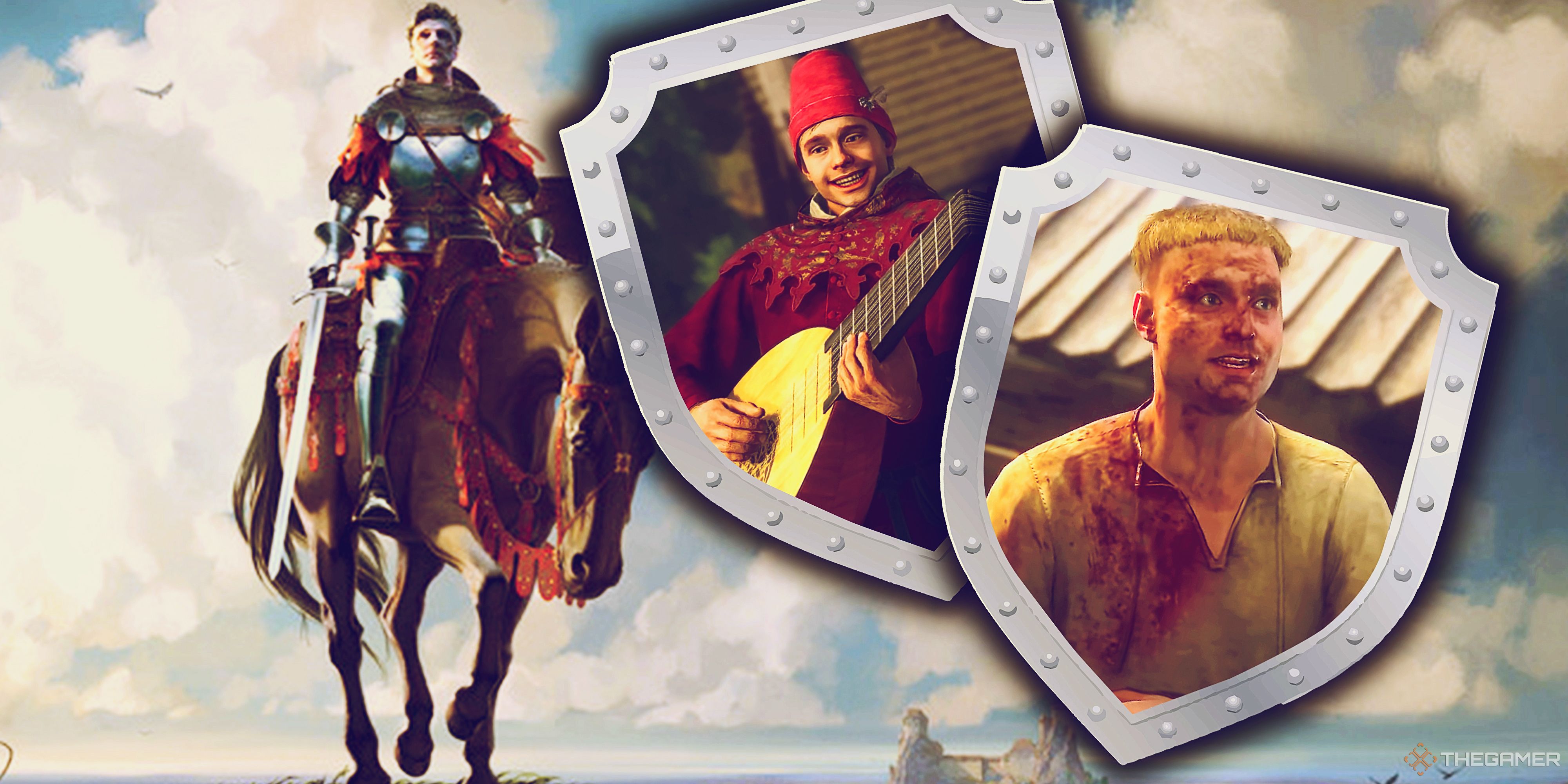
Related
Kingdom Come: Deliverance 2 – 8 Best Side Quests
These intense and sometimes hilarious side quests are definitely worth your time completing.
The former is the ruler of the Mali Empire, from whom Musa gained his namesake, and the latter was an Arab scholar, known for traveling across the globe and eventually dictating his journeys in a travelogue titled Rihla, meaning Journey.
Kunzlin And Rosa Ruthard
While the Ruthard patriarch and his only daughter are not based on specific people, they both lend details from other characters from history. The father Kunzlin is named after the nobleman who bought the Maleshov fortress (where Henry will have to save Hans around the mid-game) in 1364.
Rosa is named after the character Rosa (or Rozina depending on the source) from a Kuttenberg legend that went on to be adapted into a play. In the tale, Rosa was the daughter of a stingy nobleman, known for her intelligence and beauty, but since her father was so protective of her, he cruelly locked her up in the cellar alongside his riches. She would eventually die there, and her ghost would go on to haunt future residents of the manor.
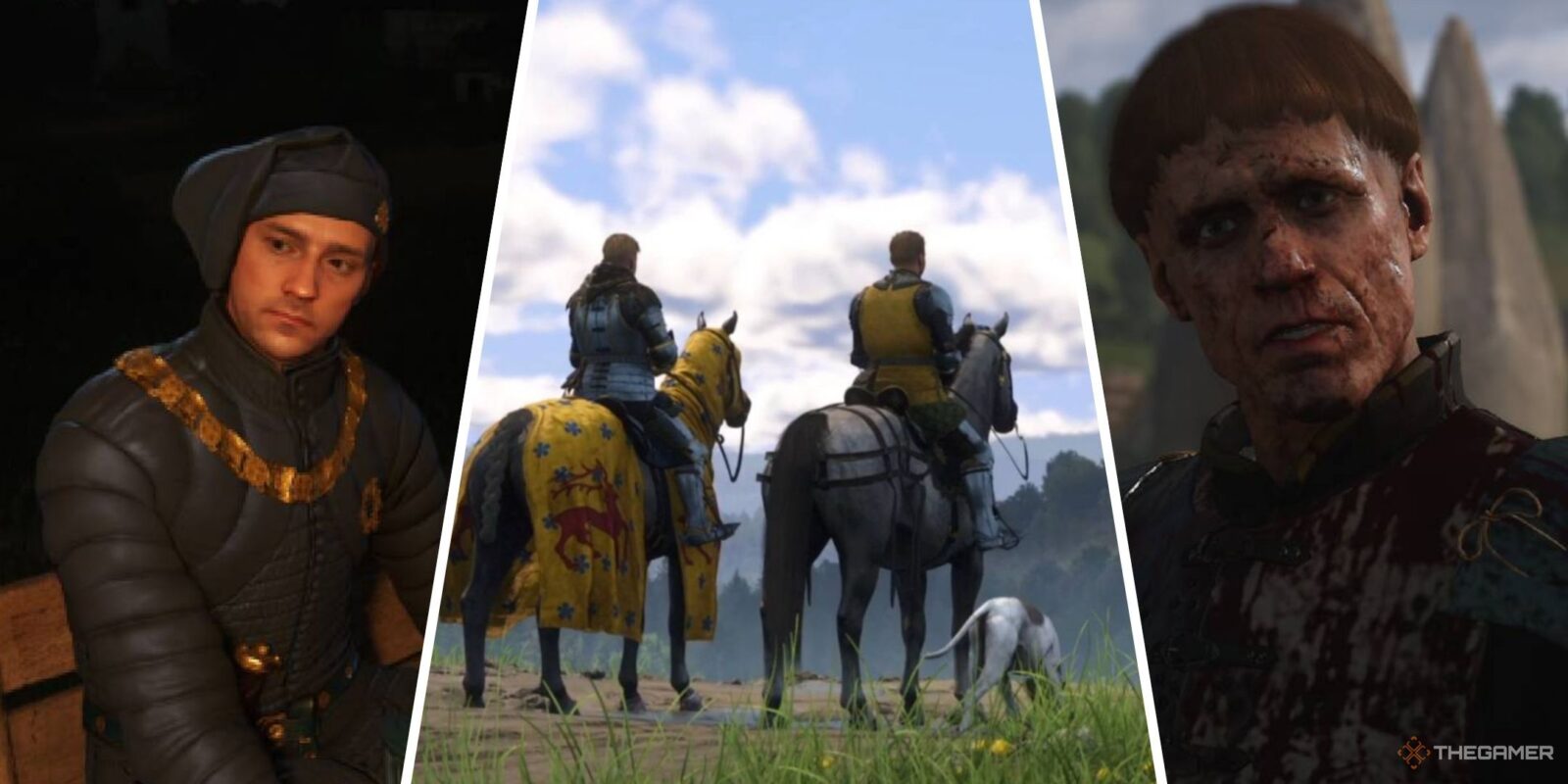

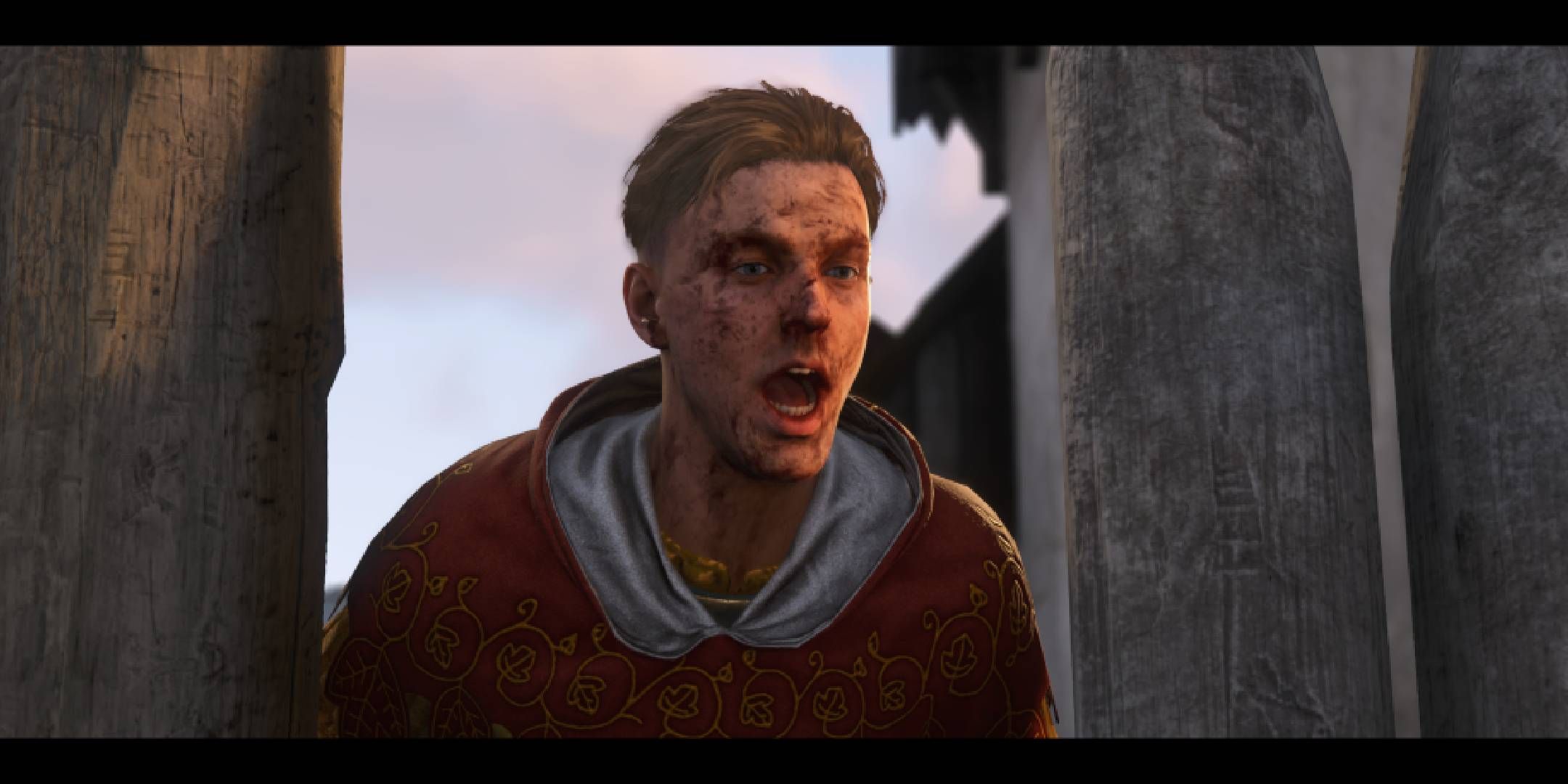
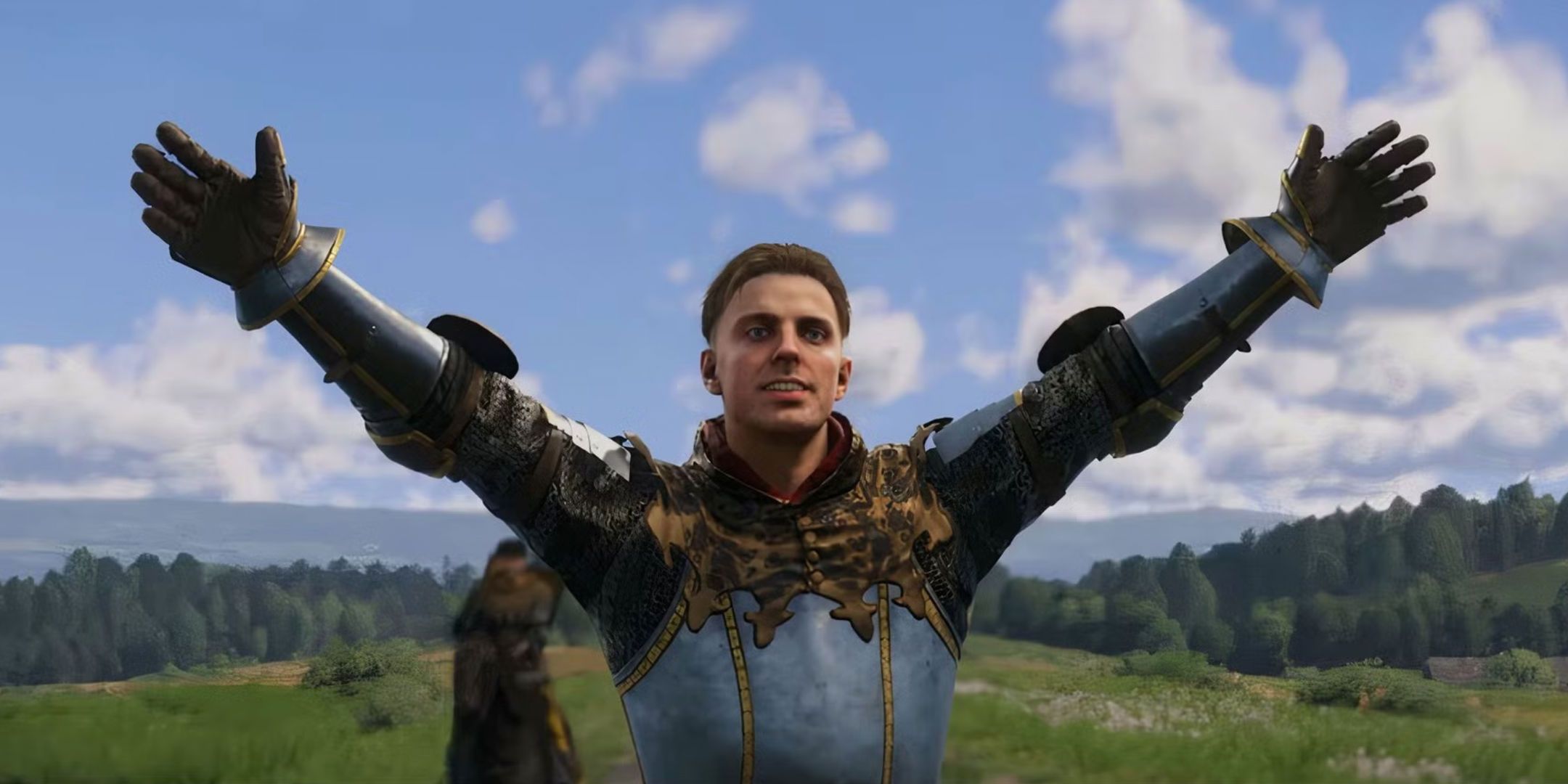
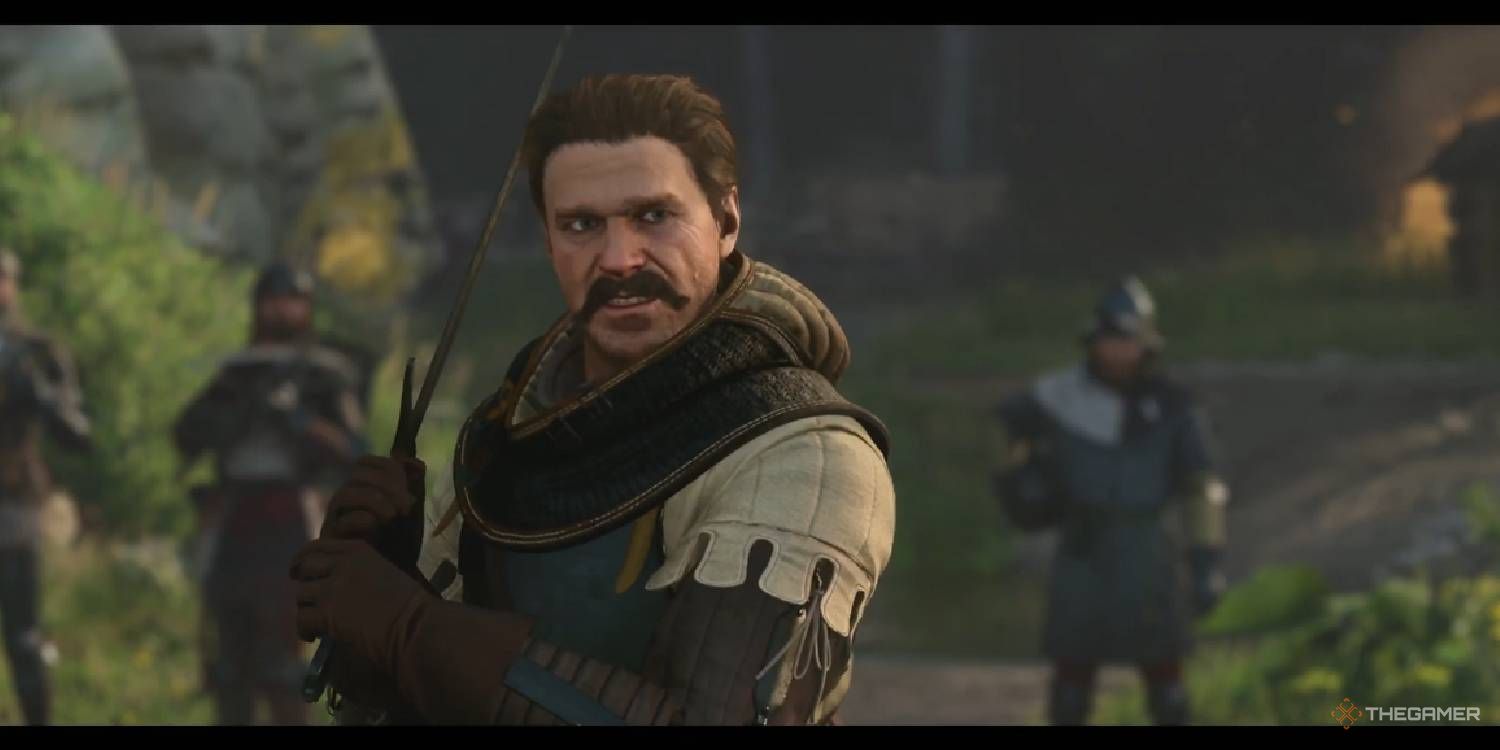
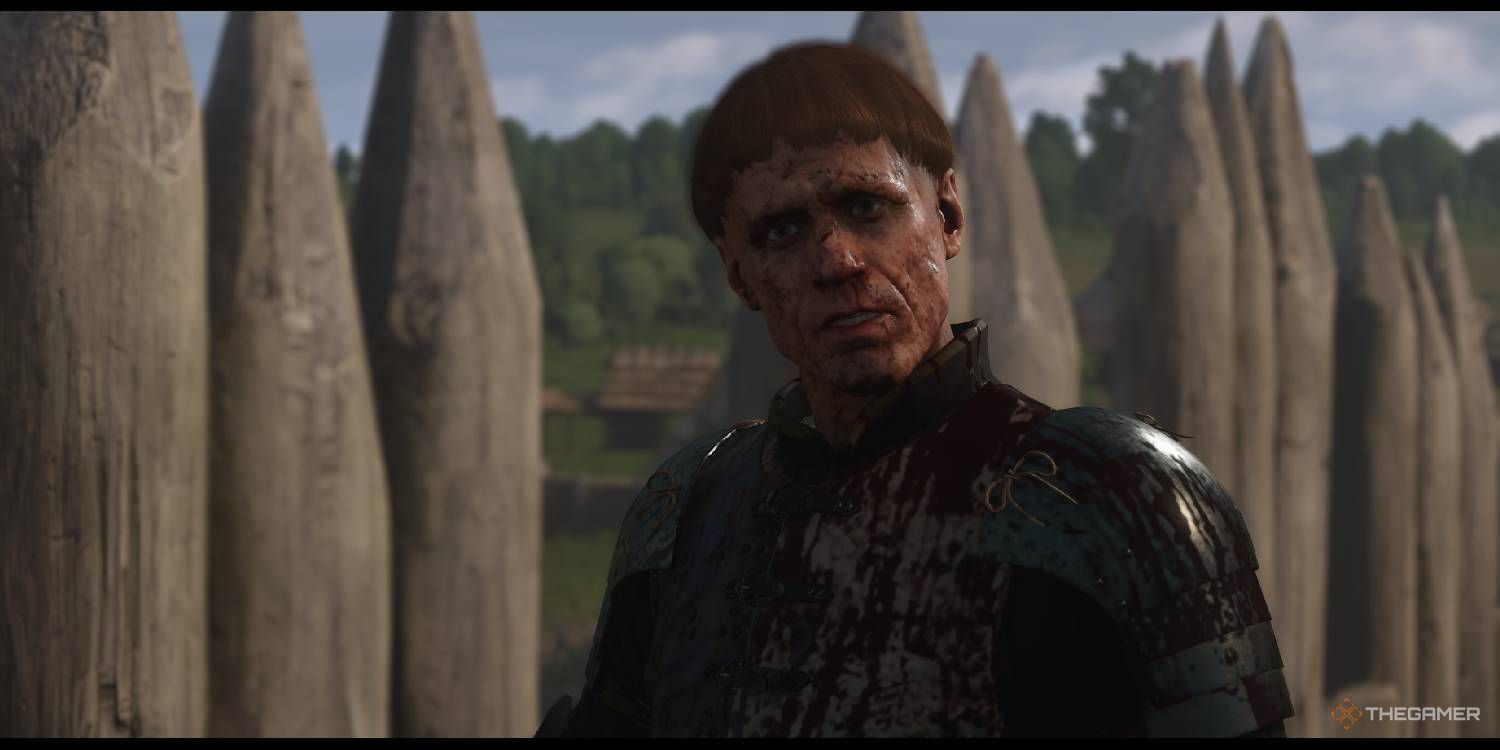

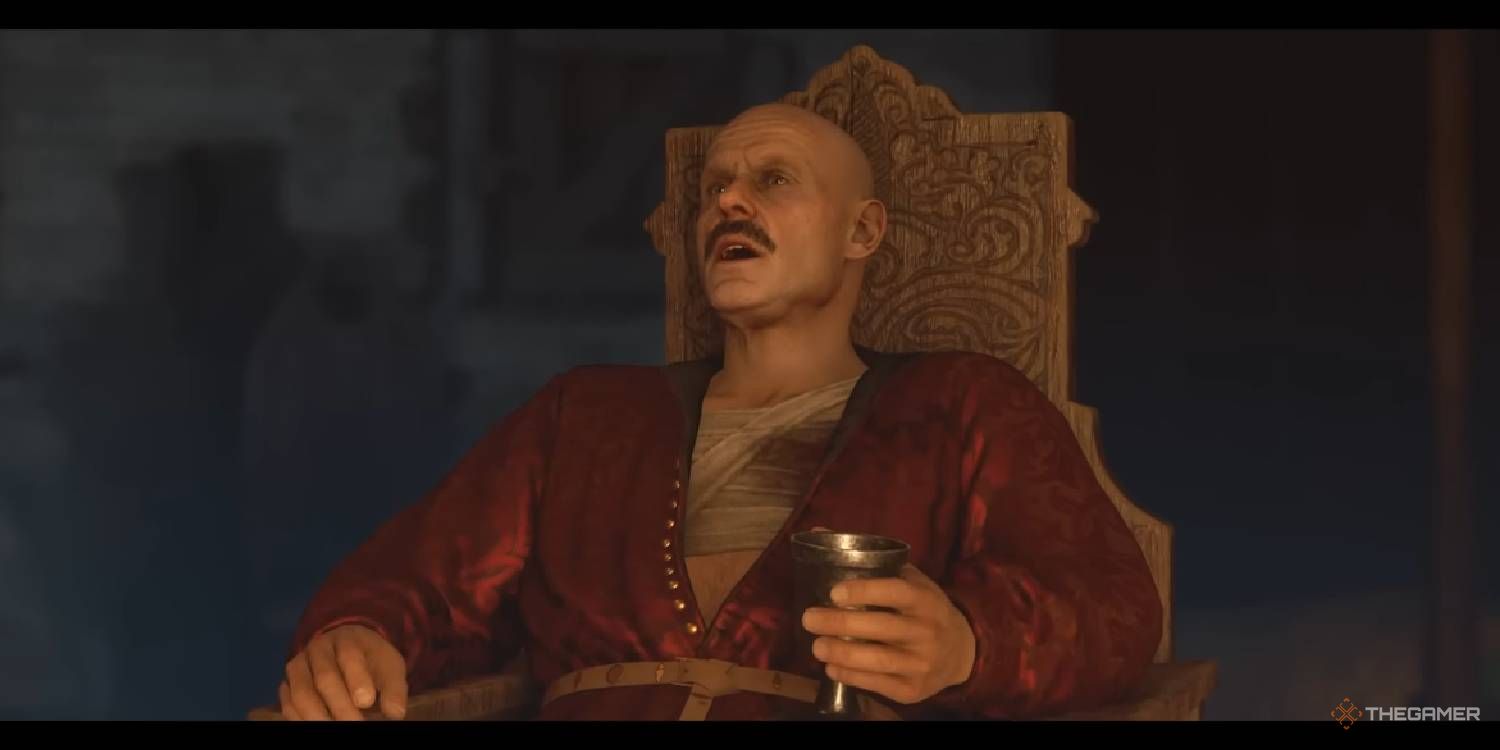
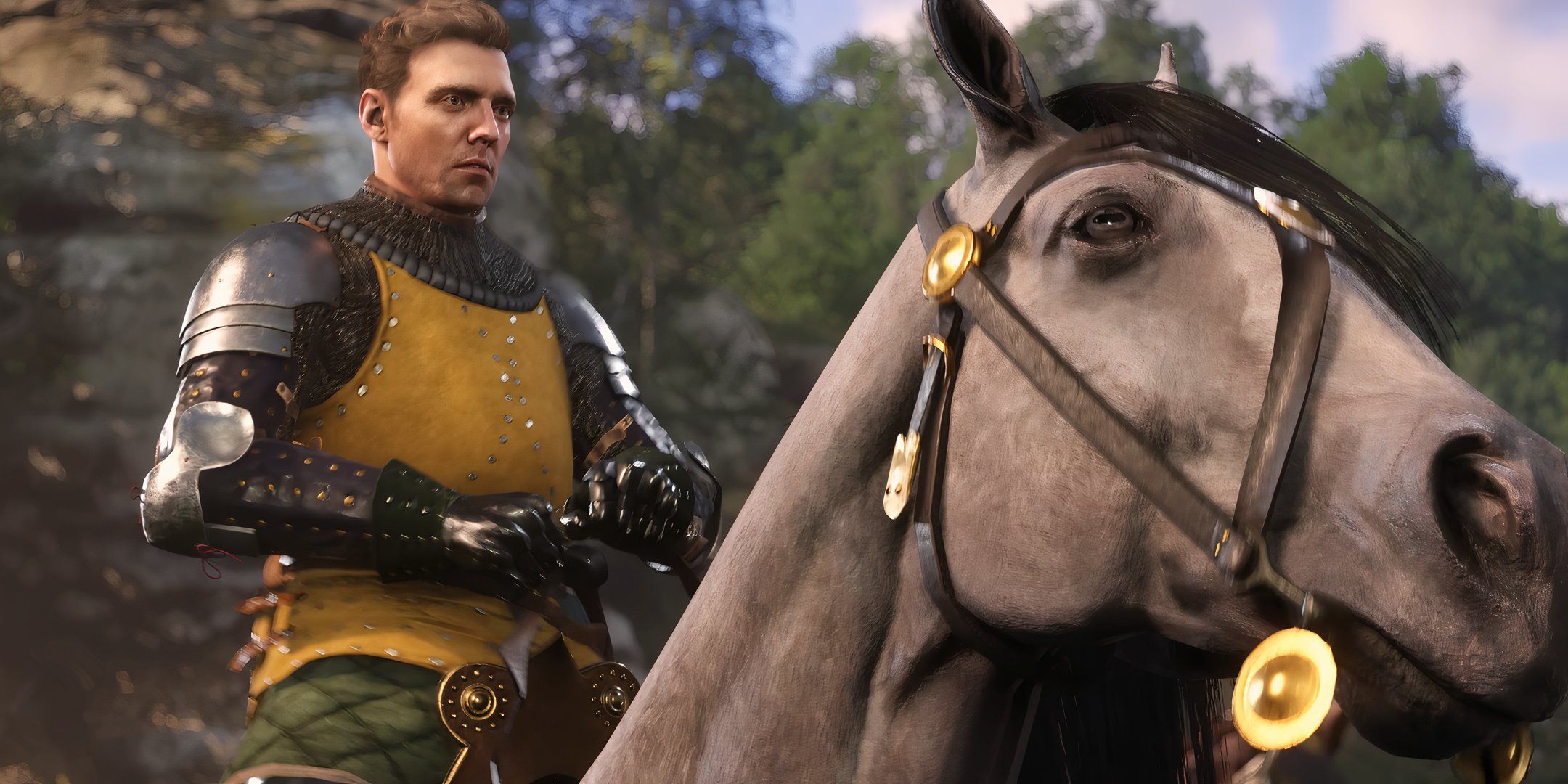
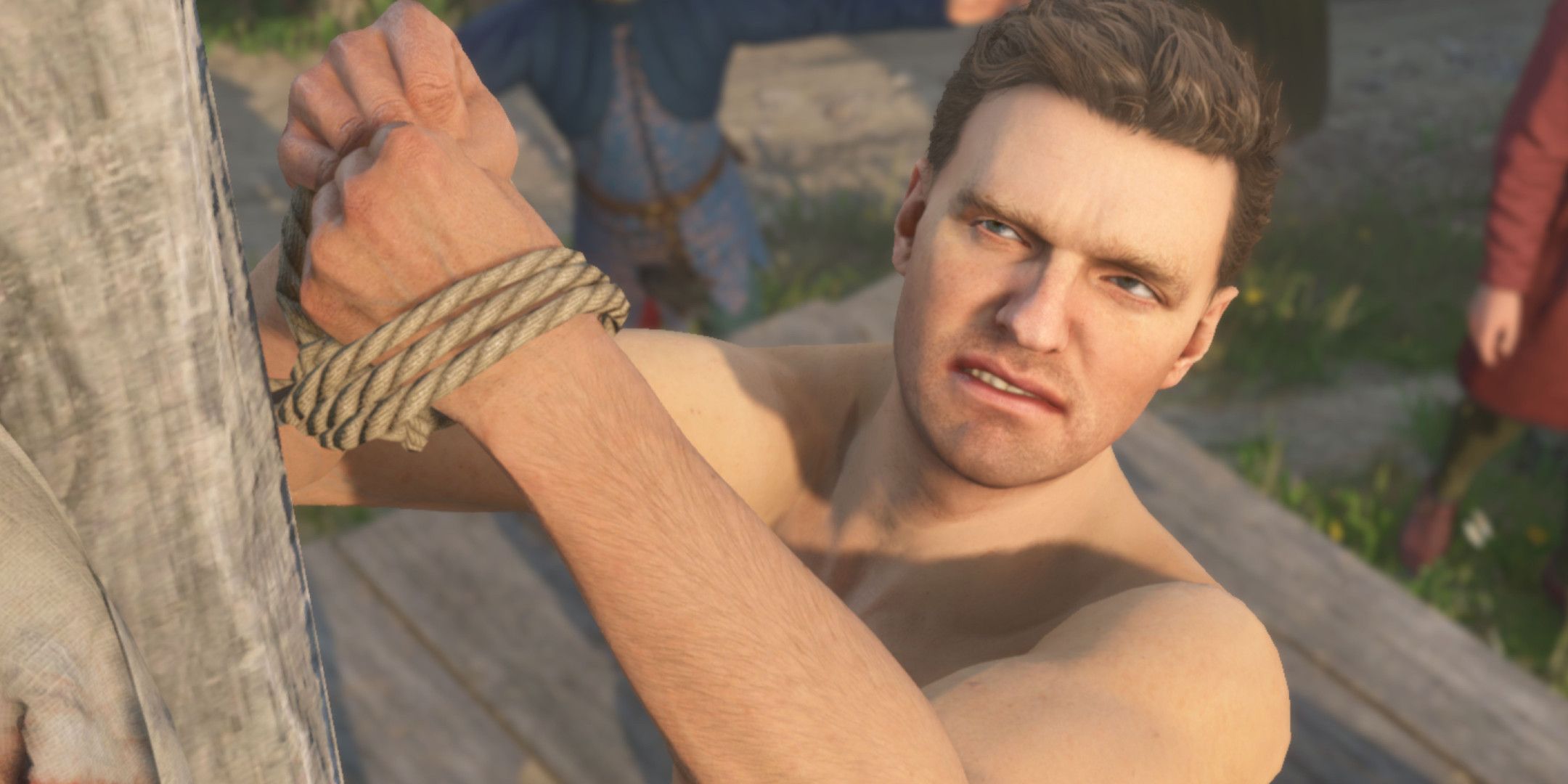
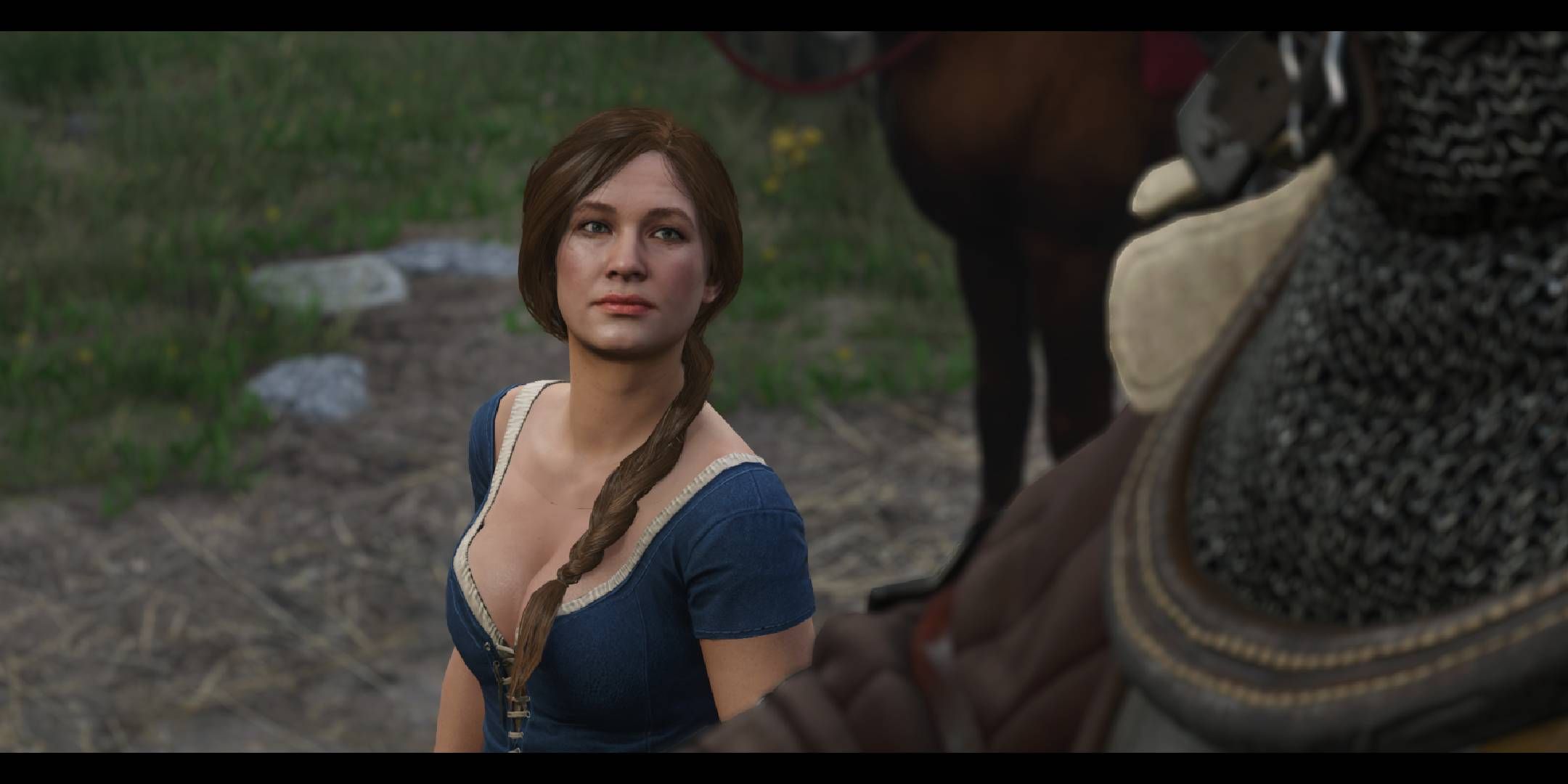
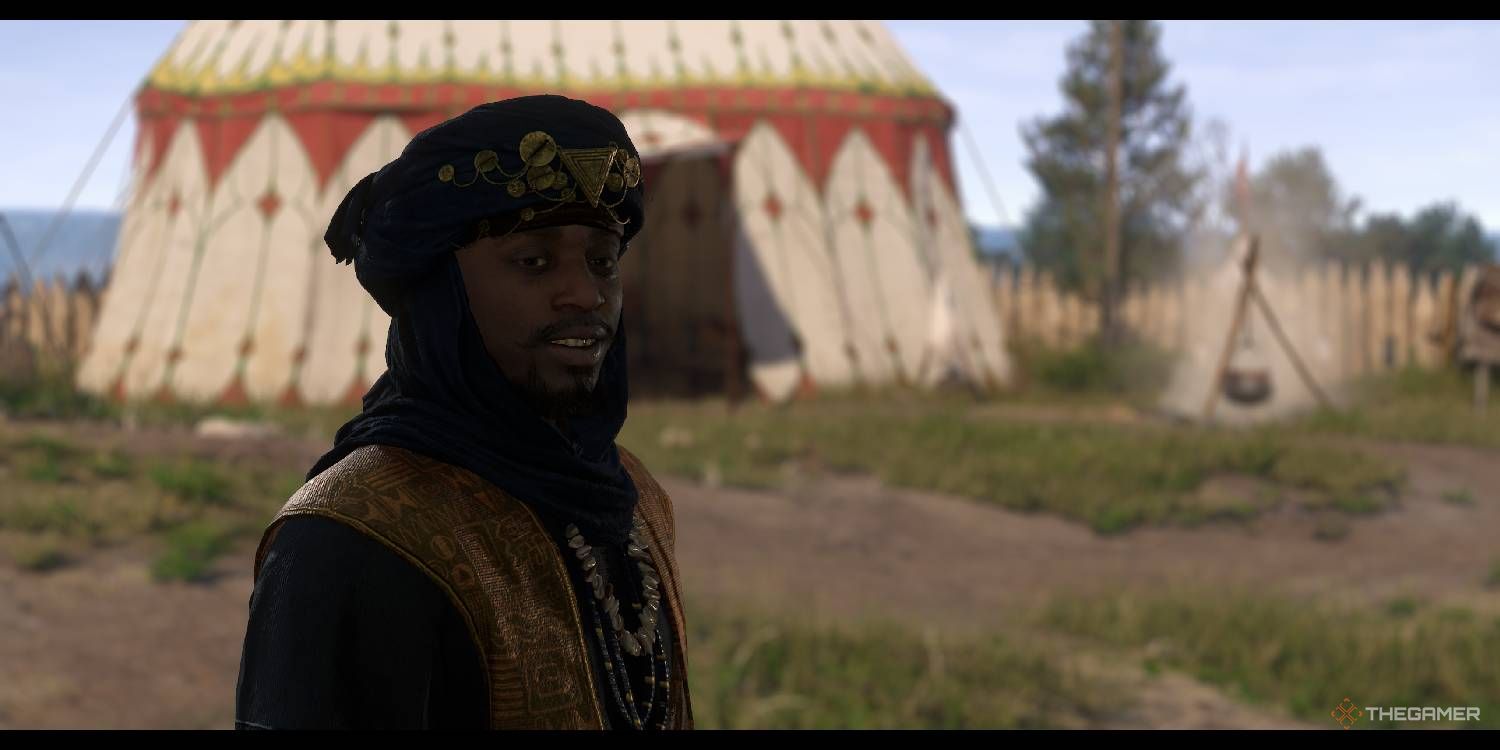
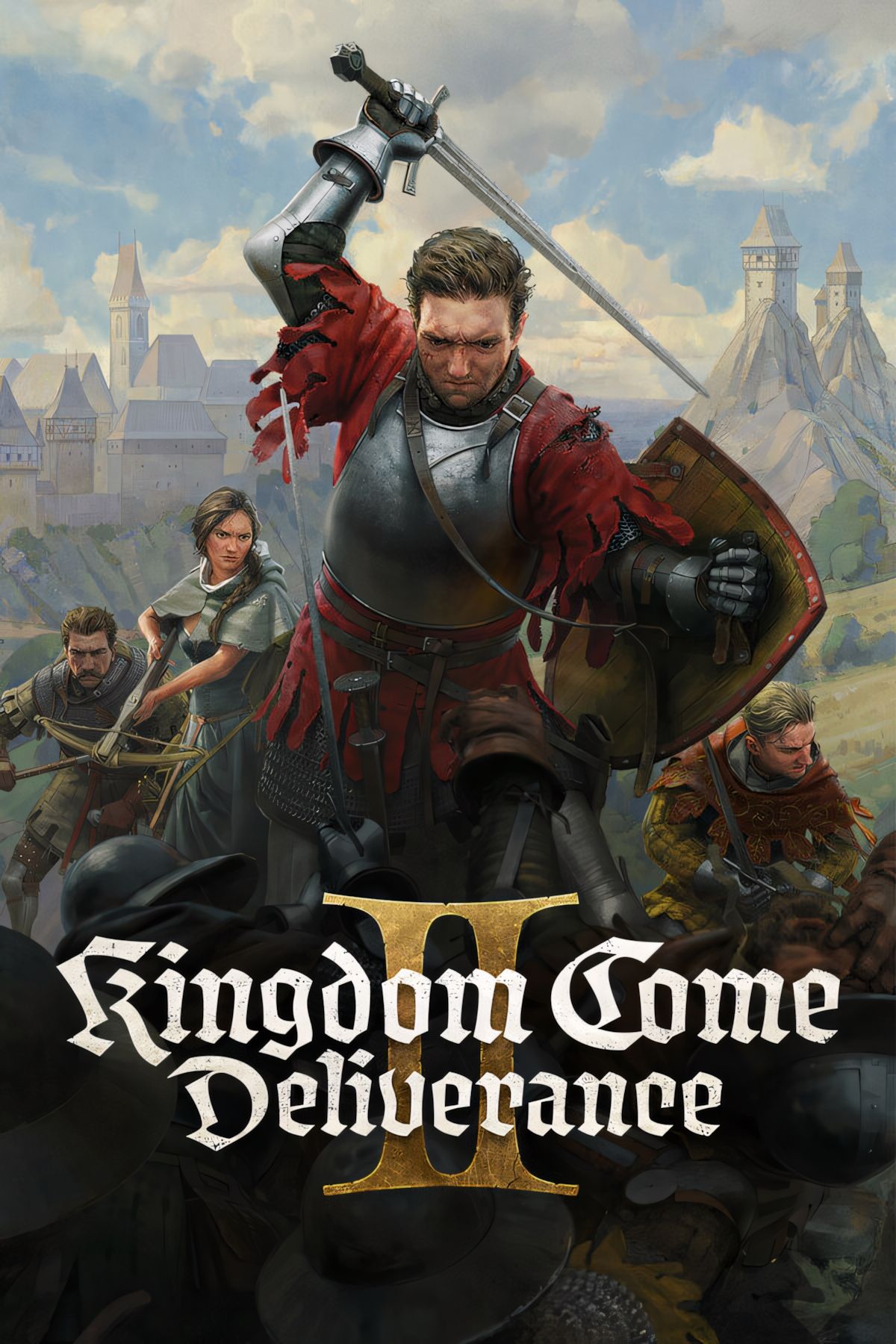
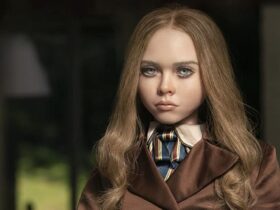



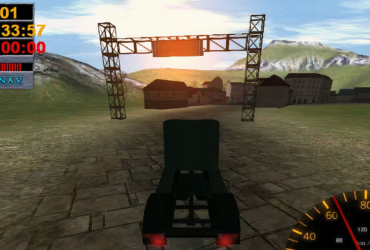
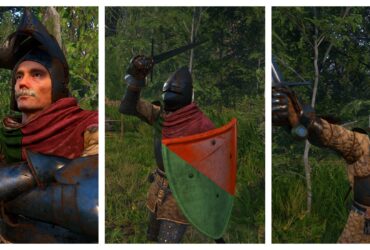
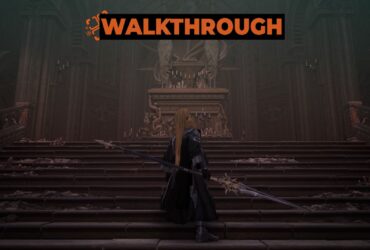

Leave a Reply